Bernhard H. J. Juurlink – Broccoli: Cultivation, Nutritional Properties and Effects on Health
Broccoli – Cultivation, Nutritional Properties and Effects on Health by Bernhard H. J. Juurlink.pdf
[Ebook – 1 PDF]
Description
Broccoli:Cultivation, Nutritional Properties and Effects on HealthBernhard H. J. JuurlinkEnglish | ISBN: 1634843134 | 2016 | 354 pages | PDF | 18 MBThis book is a must read for anyone interested in Hippocrates’ dictum: “Let food be your medicine and medicine your food”. This book focuses on the therapeutic effects of broccoli phytochemicals, in particular certain glucosinolate metabolites and flavonoids. This book is organized in such a manner that people with only a basic background in the biological sciences would profit greatly. Anyone interested in any area of nutrigenomics would profit from reading this book as well. This would include horticulturists interested in how phytochemicals may be therapeutic, as well as nutritionists and other health professionals who wish to better understand how diet may influence gene expression and thereby health. Persons engaged in the food-processing industry will also find this book profitable. This book will be of especial interest to graduate students as well as health profession students.The book starts out with a chapter outlining the role of Professor Paul Talalay of Johns Hopkins University and his colleagues, whom initially identified activators of the Nrf2 signalling pathway as playing a critical role in the anti-cancer properties of certain phytochemicals and then went on to greatly develop this area of nutrigenomic research, most recently with human clinical trials. Since manyof the therapeutic effects of broccoli consumption can be attributed to specific glucosinolates, two chapters deal with glucosinolates in general (Chapter Two) and glucosinolate distribution in different broccoli cultivars specifically (Chapter Three). Nrf2 activators will influence xenobiotic metabolism in a number of ways; hence, Chapter Four gives an overview of xenobiotic metabolism.Chronic diseases, a major target of nutraceuticals, are a major health concern and place a huge burden on the health care system. Chronic diseases are driven by oxidative stress and generalized inflammation. To understand the medicinal effects of plant bioactive compounds requires an understanding of the mechanisms of oxidant production and scavenging, how oxidative stress affects signalling pathways, and the roles of certain phytochemicals in countering oxidative stress and inflammation. This is the topic of Chapter Five. Chapter Six outlines the Nrf2 signalling pathway and its role in regaining redox and metabolic homeostasis. Broccoli also contains bioactive flavonoids that influence xenobotic metabolism and Nrf2 signalling. Chapter Seven deals with flavonoids with a focus on the major flavonoids found in broccoli, quercetin and kaempferol.Chapters Eight through Eleven outline some of the basic research examining the effects of sulforaphane on x-irradiation-mediated damage, UV-mediated skin damage, cardiovascular problems & fetal determinants of adult health and perinatal ischemic insults. Chapters Twelve and Thirteen give an overview of some of the clinical trials that involve intake of sulforaphane/broccoli sprouts.The last four chapters deal with the agronomic aspects of broccoli, including cultivation, post-harvest processing and how various cooking methods affect the bioactive components in broccoli. Table of contentChapter 1 – Paul Talalay: The Catalyst (pp. 1-8)Authors / Editors: (Teresa L. Johnson, The Johns Hopkins University, Baltimore, MD, USA)Chapter 2 – Glucosinolates and Their Distribution (pp. 9-32)Authors / Editors: (Sabine Montaut, and Patrick Rollin, Laurentian University, Department of Chemistry & Biochemistry, Biomolecular Sciences Programme, Sudbury, ON, Canada, and others)Chapter 3 – Glucoraphanin And Other Glucosinolates In Heads Of Broccoli Cultivars (pp. 33-46)Authors / Editors: (Mark W. Farnham and Sandra E. Branham, U.S. Department of Agriculture, Agricultural Research Service, U.S. Vegetable Laboratory, Charleston, SC, USA)Chapter 4 – The Xenobiotic Elimination System: An Overview (pp. 47-86)Authors / Editors: (Jane Alcorn, College of Pharmacy and Nutrition, University of Saskatchewan, Saskatoon, SK, Canada)Chapter 5 – Cellular Redox, Aging and Diet (pp. 87-110)Authors / Editors: (Lida Sadeghinejad, Hossein Noyan, and Bernhard H. J. Juurlink, Department of Biomaterials, Faculty of Dentistry, University of Toronto, Toronto, ON, Canada, and others)Chapter 6 – The NRF2 Signalling System (pp. 111-120)Authors / Editors: (Bernhard H.J. Juurlink, Bernhard H. J. Juurlink, Department of Anatomy and Cell Biology, University of Saskatchewan, Saskatoon, SK, Canada)Chapter 7 – Quercetin and Kaempferol Ameliorate Inflammation Through Nrf2 and Other Signaling Pathways (pp. 121-144)Authors / Editors: (Sarah E. Galinn and Petra A. Tsuji, Sarah E. Galinn and Petra A. Tsuji, Department of Biological Sciences, Towson University, Towson, MD, USA)Chapter 8 – Radiomitigating Potential of sulforaphane, A Constituent of Broccoli (pp. 145-160)Authors / Editors: (Paban K Agrawala and Omika Katoch, Paban K. Agrawala and Omika Katoch Department of Radiation Genetics and Epigenetics, Institute of Nuclear Medicine and Allied Sciences, Delhi, India)Chapter 9 – Broccoli Sprout Supplementation As A Novel Method For Preventing Perinatal Brain Injury (pp. 161-184)Authors / Editors: (Jerome Y. Yager, Antoinette T. Nguyen, Jennifer Corrigan, Ashley M.A. Bahry, Ann-Marie Przyslupski, and Edward A. Armstrong, Department of Pediatrics, University of Alberta, Katz Group Centre for Pharmacy and Health Research, Edmonton AB, Canada, and others)Chapter 10 – The Multifaceted Role of Sulforaphane in Protection against UV Radiation-Mediated Skin Damage (pp. 185-208)Authors / Editors: (Andrea L. Benedict, Elena V. Knatko, Rumen V. Kostov, Ying Zhang, Maureen Higgins, Sukirti Kalra, Jed W. Fahey, Sally H. Ibbotson, Charlotte M. Proby, Paul Talalay and Albena T. Dinkova-Kostova, Lewis B. and Dorothy Cullman Chemoprotection Center, Department of Pharmacology and Molecular Sciences, Johns Hopkins University School of Medicine, Baltimore, MD, USA)Chapter 11 – Preclinical Studies On The Effect Of Sulforaphane On Cardiovascular Disease And Fetal Determinants Of Adult Health (pp. 209-224)Authors / Editors: (Ali Banigesh and Bernhard H.J. Juurlink, Department of Pharmacology, College of Medicine, University of Saskatchewan, Saskatoon, SK, Canada, and others)Chapter 12 – Beneficial Effects of Broccoli Sprouts and Its Bioactive Compound Sulforaphane in Management of Type 2 Diabetes (pp. 225-238)Authors / Editors: (Zahra Bahadoran and Parvin Mirmiran, Nutrition and Endocrine Research Center, Research Institute for Endocrine Sciences, Shahid Beheshti University of Medical Sciences, Tehran, Iran, and others)Chapter 13 – Human Clinical Studies Involving Sulforaphane/Glucoraphanin (pp. 239-250)Authors / Editors: (Bernhard H.J. Juurlink, Department of Anatomy & Cell Biology, University of Saskatchewan, Saskatoon, SK, Canada)Chapter 14 – Broccoli Cultivation In Warmer Climates (pp. 251-262)Authors / Editors: (Karistsapol Nooprom, Program in Agricultural Technology, Faculty of Agricultural Technology, Songkla Rajabhat University, Muang, Songkhla, Thailand)Chapter 15 – Broccoli: Agricultural Characteristics, Health Benefits and Post-Harvest Processing on Glucosinolate Content (pp. 263-282)Authors / Editors: (Olga Nydia Campas-Baypoli, Ernesto Uriel Cantú-Soto, José Antonio Rivera-Jacobo, Departamento de Biotecnología y Ciencias Alimentarias. Instituto Tecnológico de Sonora. Cd. Obregón, Sonora, México)***Open Access Chapter. Free Download Available***Chapter 16 – Broccoli: Nutritional Aspects, Health Benefits And Postharvest Conservation (pp. 283-298)Authors / Editors: (José Guilherme Prado Martin, Natalia Dallocca Berno and Marta Helena Fillet Spoto, Fruits and Vegetables Laboratory, Agri-food Industry, Food and Nutrition Department, Luiz de Queiroz College of Agriculture, University of São Paulo (USP), Piracicaba/SP, Brazil)Chapter 17 – Innovative Industrial Cooking Of Broccoli For Improving Health-Promoting Compounds (pp. 299-334)Authors / Editors: (Ginés Benito Martínez–Hernández, Perla A. Gómez, Francisco Artés–Hernández, and Francisco Artés, Postharvest and Refrigeration Group, Food Engineering Department, Technical University of Cartagena (UPCT), Paseo Alfonso XIII, Cartagena, Murcia, Spain, and others) Nova Publisher: http://www.novapublishers.com/catalog/product_info.php?produ…Note: interesting paper, albeight technical, you can extract many useful information also if you are not a PHD
You must be logged in to post a review.

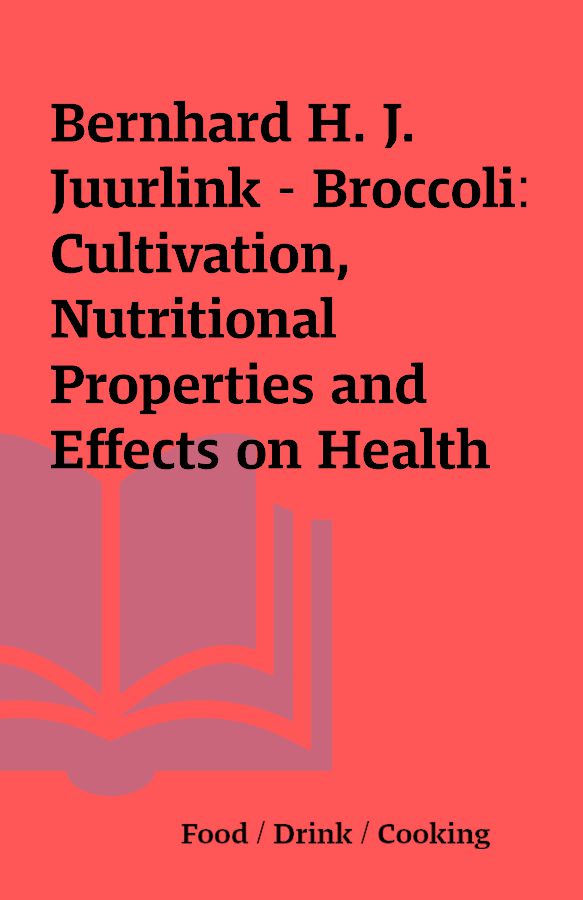
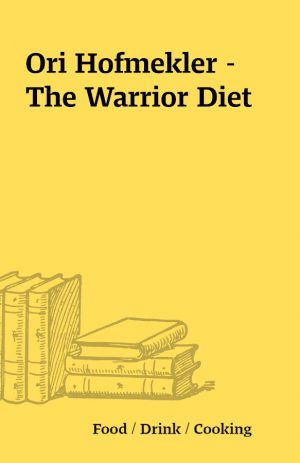
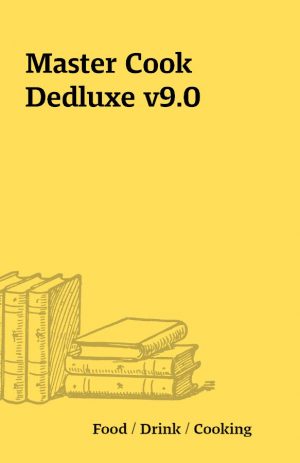
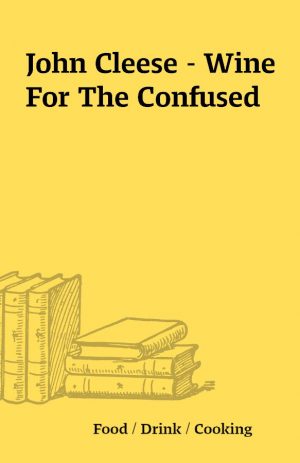
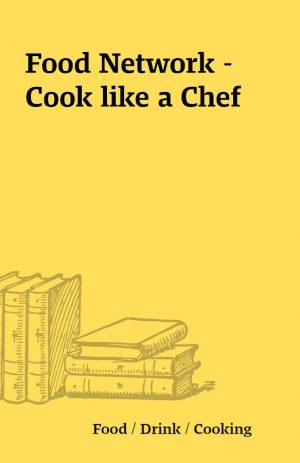
Reviews
There are no reviews yet.